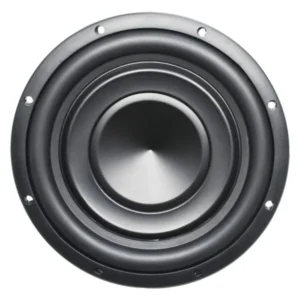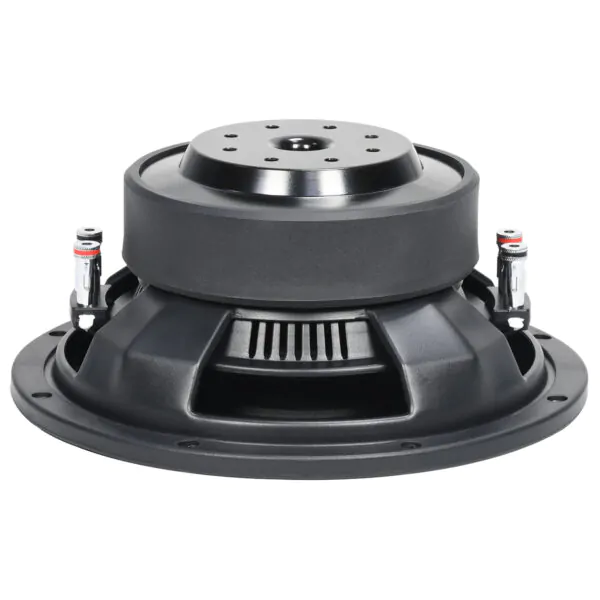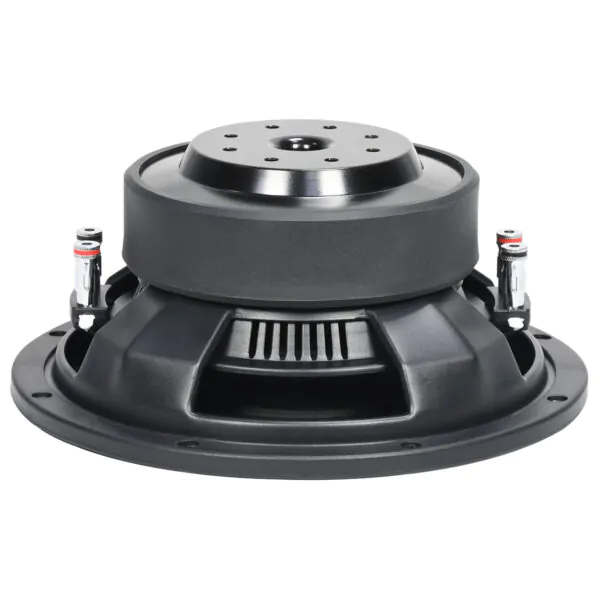Car Subwoofer Guide: How to Choose the Right Bass for Your Car
When people upgrade their car audio, one common question arises: How can I achieve deep, powerful bass without sacrificing sound quality? The answer often lies in choosing the right Car subwoofer. A subwoofer is not just about loudness; it plays a crucial role in enhancing clarity, balance, and overall listening pleasure. This guide explores what a Car subwoofer is, why it matters, and how to choose one that matches your needs.
What Is a Car Subwoofer?
A Car subwoofer is a specialized speaker designed to reproduce low-frequency sounds, typically ranging from 20Hz to 200Hz. These frequencies are often missed by standard car speakers. Without a subwoofer, music can feel flat or incomplete. A subwoofer adds depth to drums, bass guitars, and electronic beats, creating a full-bodied sound experience.
In simple terms, while your car’s regular speakers handle vocals and instruments, the subwoofer ensures that every beat is felt, not just heard.

Why Do You Need a Car Subwoofer?
Many car owners ask: Is a subwoofer really necessary? The short answer is yes—if you want a more immersive audio experience. Here are common pain points that a Car subwoofer solves:
Weak Bass Response – Factory-installed speakers often cannot produce deep bass.
Distortion at High Volumes – Without a subwoofer, pushing stock speakers results in distortion.
Unbalanced Sound – Subwoofers create a more natural blend of highs, mids, and lows.
Fatigue from Sharp Treble – By taking on low frequencies, the subwoofer reduces strain on other speakers.
With a subwoofer, you enjoy cleaner vocals, richer bass, and a smoother listening experience.
Types of Car Subwoofers
When shopping for a Car subwoofer, understanding the types available helps narrow down choices.
1. Component Subwoofers
These are just the subwoofer driver itself. They require an external enclosure and amplifier. Best for users who want a custom system.
2. Enclosed Subwoofers
Pre-mounted in a box, these subwoofers are convenient and easy to install. They are ideal for beginners or those who want quick setup.
3. Powered Subwoofers
These have a built-in amplifier. They save space and simplify installation, making them popular for small cars.
4. Vehicle-Specific Subwoofers
Designed to fit into limited spaces like under seats or inside panels. They blend seamlessly with the car interior while adding bass.
Key Features to Consider Before Buying
Choosing a Car subwoofer is not just about size. Several factors influence performance:
Size (8”, 10”, 12”, 15”) – Larger sizes deliver deeper bass but need more space.
Power Handling (RMS vs Peak) – RMS tells you how much power a subwoofer can handle continuously.
Sensitivity – Higher sensitivity means louder sound with less power.
Impedance (Ohms) – Most car subwoofers are 2 or 4 ohms. Matching impedance with the amplifier is crucial.
Enclosure Type – Sealed enclosures provide tight, accurate bass; ported enclosures deliver louder, booming bass.
Common Mistakes to Avoid
Even the best Car subwoofer will disappoint if mistakes are made during selection or installation. Common errors include:
Buying the largest subwoofer without checking space.
Ignoring amplifier compatibility.
Overlooking enclosure quality.
Forgetting about electrical system upgrades for high-powered subs.
Installation: DIY or Professional?
Installing a Car subwoofer may seem straightforward, but wiring, enclosure tuning, and amplifier matching can be tricky. If done incorrectly, you risk damaging equipment or reducing sound quality.
DIY Installation works if you have experience with car audio systems.
Professional Installation ensures correct wiring, phase alignment, and enclosure fitting.
How to Maintain Your Car Subwoofer
To maximize lifespan and performance:
Avoid overpowering the subwoofer.
Keep enclosures sealed and free from dust.
Check wiring regularly for loose connections.
Use appropriate crossover settings on your amplifier.
Real-World User Questions Answered
Q: Can a small car handle a big subwoofer?
A: Yes, but space limitations may affect sound quality. Compact powered subwoofers often work better.
Q: Do subwoofers drain the car battery?
A: High-powered subwoofers can strain your electrical system. Using a capacitor or upgraded alternator may help.
Q: Is bass quality or loudness more important?
A: It depends on your preference. Sealed enclosures give quality; ported enclosures give volume.
Conclusion
A Car subwoofer is more than just an accessory—it is an essential part of a complete car audio system. By understanding your needs, matching components, and avoiding common mistakes, you can transform your driving experience with powerful, clear bass.
Whether you’re a casual listener or an audiophile, the right subwoofer ensures your music is felt as much as it is heard.
Suggested FAQ Section
Q1: What size subwoofer is best for beginners?
A 10-inch subwoofer is a balanced choice, offering good bass without requiring much space.
Q2: Can I use a home subwoofer in my car?
Not recommended, as car subwoofers are specifically designed for vehicle environments.
Q3: How many subwoofers do I need?
One quality subwoofer is often enough, but some users prefer two for stronger impact.






As soon as I discovered this internet site I went on reddit to share some of the love with them.
I have been browsing online more than 3 hours today, yet I never found any interesting article like yours. It is pretty worth enough for me. In my view, if all website owners and bloggers made good content as you did, the internet will be a lot more useful than ever before.
Excellent post. I was checking continuously this blog and I’m impressed! Extremely useful information specially the last part 🙂 I care for such information much. I was seeking this particular info for a long time. Thank you and good luck.
I like what you guys are up also. Such smart work and reporting! Keep up the superb works guys I have incorporated you guys to my blogroll. I think it will improve the value of my web site 🙂